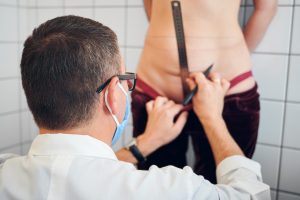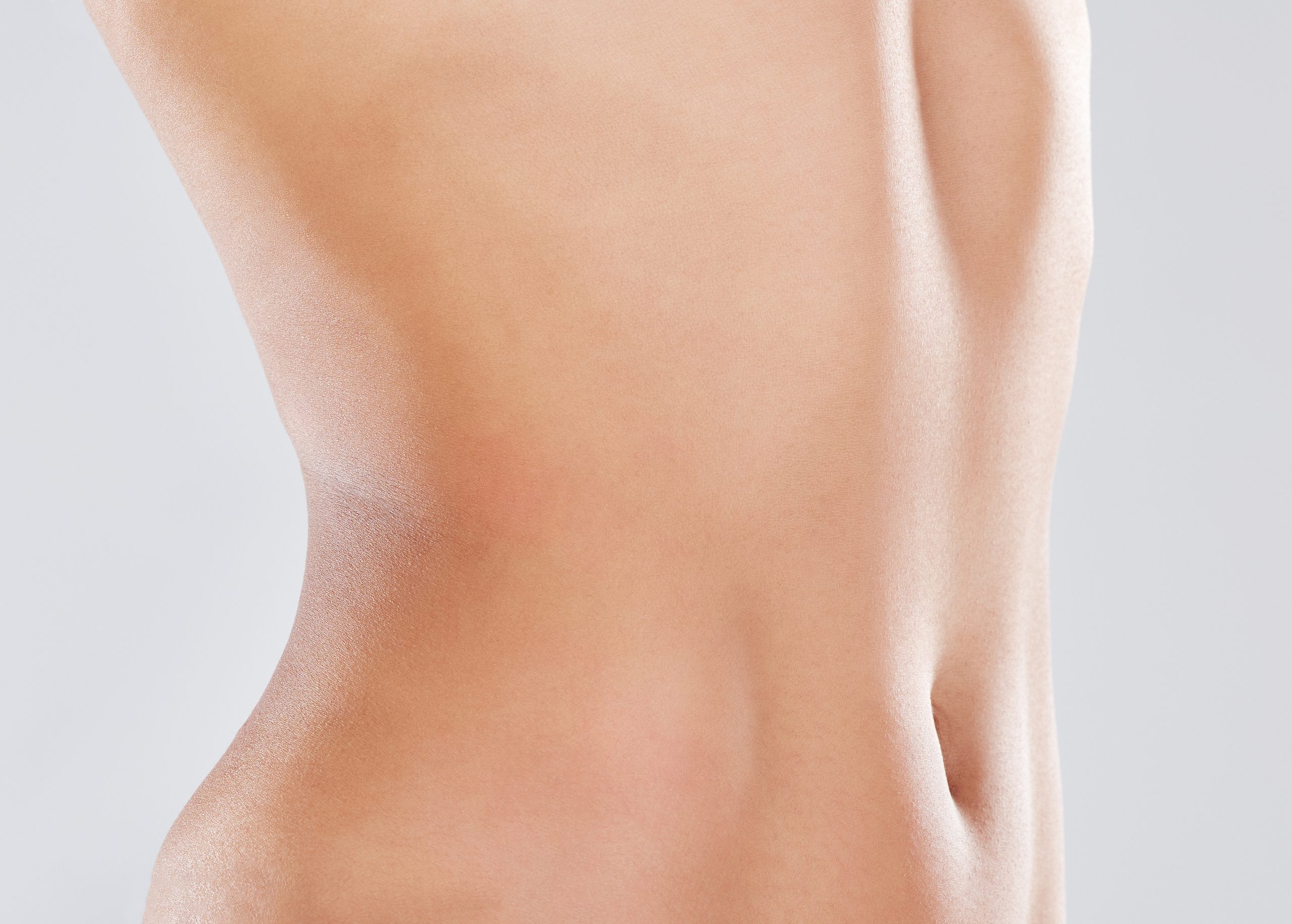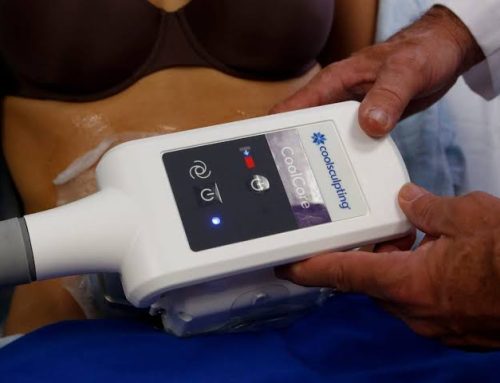Introduction
Abdominoplasty, commonly known as a tummy tuck, is a popular cosmetic surgical procedure aimed at achieving a firmer and more contoured abdominal area. While the surgery can deliver impressive results in terms of body aesthetics, it’s essential to be aware of the potential side effects, including scarring. In this comprehensive guide, we will explore the details of scars after abdominoplasty, their location, size, healing time, proper care, and the reasons why individuals opt for this transformative surgery.
Are Tummy Tuck Scars visible?
The incisions made during abdominoplasty surgery result in scars, and their location is a crucial consideration for patients. Typically, the scars are strategically placed in areas that are easily concealed by underwear or swimwear. The main scar is often located horizontally along the lower abdomen, extending from hip to hip. Additionally, a smaller scar may be present around the navel, depending on the specific type of abdominoplasty performed.

Are Tummy Tuck Scars big?
The size of scars after abdominoplasty varies based on factors such as the extent of skin and fat removal, the patient’s body size, and the surgical technique used. Generally, the main scar along the lower abdomen can range from several inches to a foot or more. Skilled plastic surgeons aim to minimize scarring by employing meticulous techniques and ensuring proper wound closure. Despite their initial size, scars tend to fade over time.
How long after Tummy Tuck do you look normal?
The healing process for scars after abdominoplasty is a gradual one, and patients must be patient and diligent in following post-operative care instructions. In the initial weeks, the scars may appear red and raised, but over time, they usually fade and flatten. Complete healing can take several months to a year, with the final outcome varying from person to person. Proper wound care, avoiding sun exposure, and adhering to the surgeon’s advice contribute significantly to a successful healing process.

How long does it take to recover from a Tummy Tuck?
- Follow Post-Operative Instructions: Adhering to the surgeon’s post-operative care instructions is crucial. This may include keeping the incision sites clean, using prescribed ointments, and attending follow-up appointments.
- Avoid Sun Exposure: Prolonged sun exposure can lead to hyperpigmentation and delayed healing of scars. Patients are advised to protect the incision sites from the sun by using sunscreen or covering them with clothing.
- Stay Hydrated and Maintain a Healthy Diet: Proper hydration and a well-balanced diet contribute to overall skin health and can aid in the healing of scars.
- Gentle Massage: As directed by the surgeon, gentle massage of the scar tissue may promote blood circulation and help in minimizing scar visibility.

What are the benefits of a Tummy Tuck?
Individuals choose abdominoplasty for various reasons, including:
- Post-Pregnancy Changes: Women often seek abdominoplasty to address the physical changes in the abdominal area following pregnancy, such as stretched skin and weakened muscles.
- Weight Loss: Significant weight loss can result in excess skin that may not retract fully. Abdominoplasty helps remove this excess skin, providing a more toned appearance.
- Aging: The natural aging process can lead to a loss of skin elasticity and muscle tone in the abdomen, prompting individuals to undergo abdominoplasty for rejuvenation.

Conclusion
While abdominoplasty can be a transformative procedure, it’s essential to be informed about potential side effects, including scars. Understanding the location, size, and healing process of these scars, along with proper care, empowers patients to make informed decisions. Consulting with a qualified and experienced plastic surgeon is crucial to achieving optimal results and a successful recovery.
Disclaimer: The content on this blog is intended for general informational purposes only. It is not a substitute for professional medical advice, diagnosis, or treatment. Always consult qualified healthcare providers for personalized advice. Information regarding plastic surgery, dental treatment, hair transplant, and other medical procedures is educational and not a guarantee of results. We do not assume liability for actions taken based on blog content. Medical knowledge evolves; verify information and consult professionals. External links do not imply endorsement. By using this blog, you agree to these terms.










